Hi My Fellow Access user. I am using Access to do reconciliation, by link two Excel sheets. the number are two decimal. Linked Table view
However, when i was trying to run subtraction between two numbers both 2 decimals, it return results like this:
Appreciate if anyone know how this could happen, and what steps I need to take to fix it?
Thanks Tian
